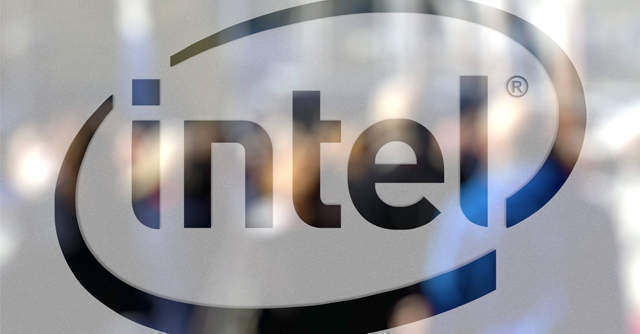
Intel announces AI-backed products in autonomous driving, entertainment and sports


Intel showcased developments in the areas of cloud, network, and edge-computing, which are set to drive positive impact for people, businesses and the society, it said at the Consumer Electronics Show in Las Vegas.
Intel's CEO Bob Swan announced the updates to the company's autonomous driving platform Mobileye, which included a demonstration of the self-driving robocar that navigated traffic through a combination of AI (artificial intelligence), computer vision and a regulatory science model of RSS (responsibility-sensitive-safety).
Swan also spoke about how Intel worked with the American Red Cross to better its missing maps project to improve disaster preparedness. The maps were made more accountable using Intel’s second-generation Intel Xeon Scalable processors, which helped the company create maps that included bridges and roads for remote regions of the world.

Meanwhile, Intel’s executive vice president Gregory Bryant launched core mobile processors code-named Tiger Lake. Tiger Lake has been built with AI-based accelerators and discrete-level integrated graphics based on the Intel X architecture. The first few Tiger Lake systems are expected to be shipped this year.
Project Athena, a joint project between the Massachusetts Institute of Technology, Digital Equipment Corporation and IBM to produce a campus-wide distributed computing environment for educational use, also received an update with the launch of the first Project Athena-verified Chromebooks.
The company also launched the third generation of Intel Xeon Scalable processors, which will include built-in AI training acceleration, claiming a 60% increase in training performance over the previous family.

Intel's executive vice president Navin Shenoy spoke about how Intel is threading intelligence into data platforms across cloud, network and edge, and how this is reflected in bettering sports and entertainment viewing.
He said that in terms of entertainment, Netflix has optimised and accelerated media streaming services through video compression technology AV1, which provides 60% better compression efficiency compared to the earlier technology. Intel and Netflix's joint development of open-source high-performance encoder SVT-AV1, optimised on second-generation Intel Xeon Scalable processors, will continue, he said.
Providing better viewer experiences as well as enhanced viewing for athletes, the company's 3DAT (3D Athlete tracking) computer vision solution utilises AI to provide real-time insights and visualisations, he said. 3DAT applies algorithms optimised with Intel Deep Learning Boost on captured images to analyse the biomechanics of athletes’ movements, he said. Intel announced that the technology will be used to enhance replays of the 100-metre and other sprinting events at the Olympics in Tokyo this year.

